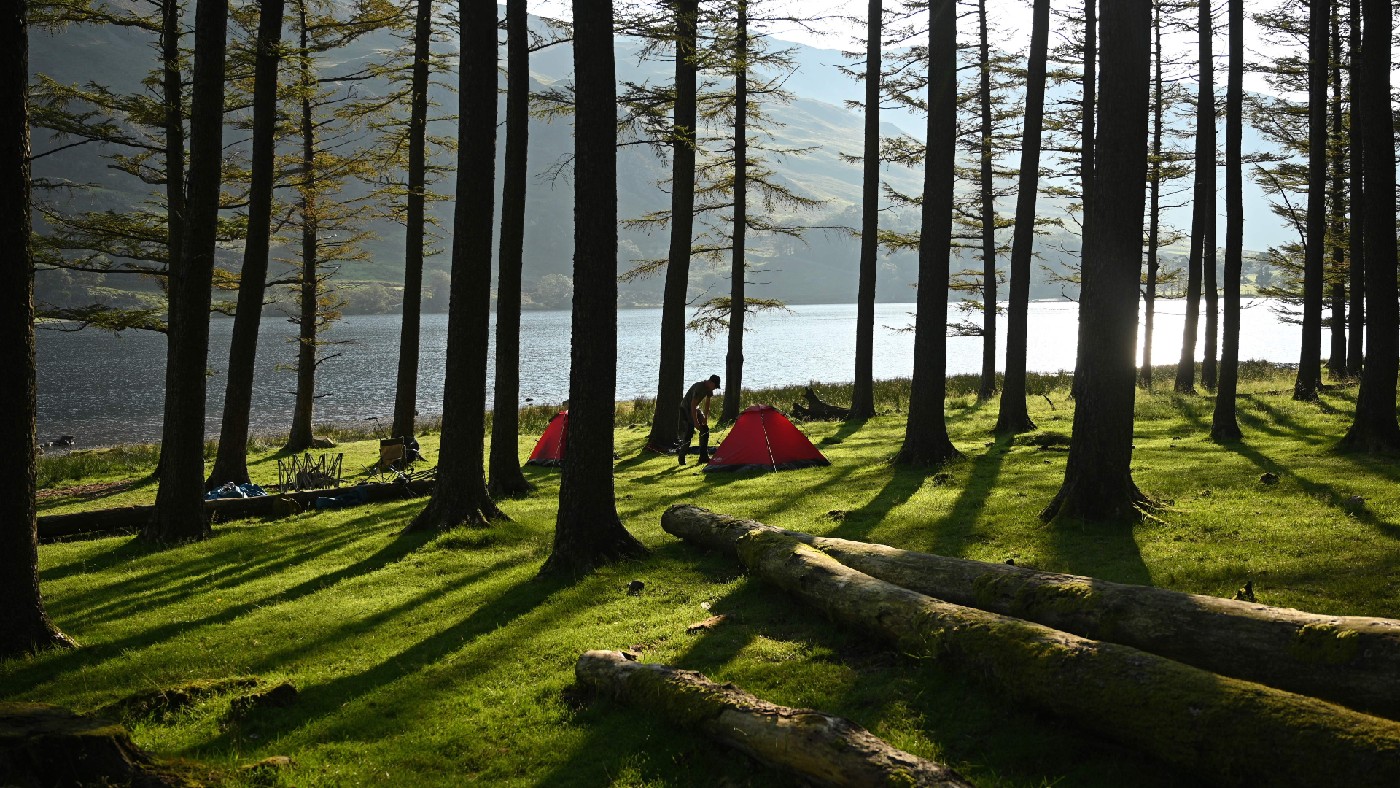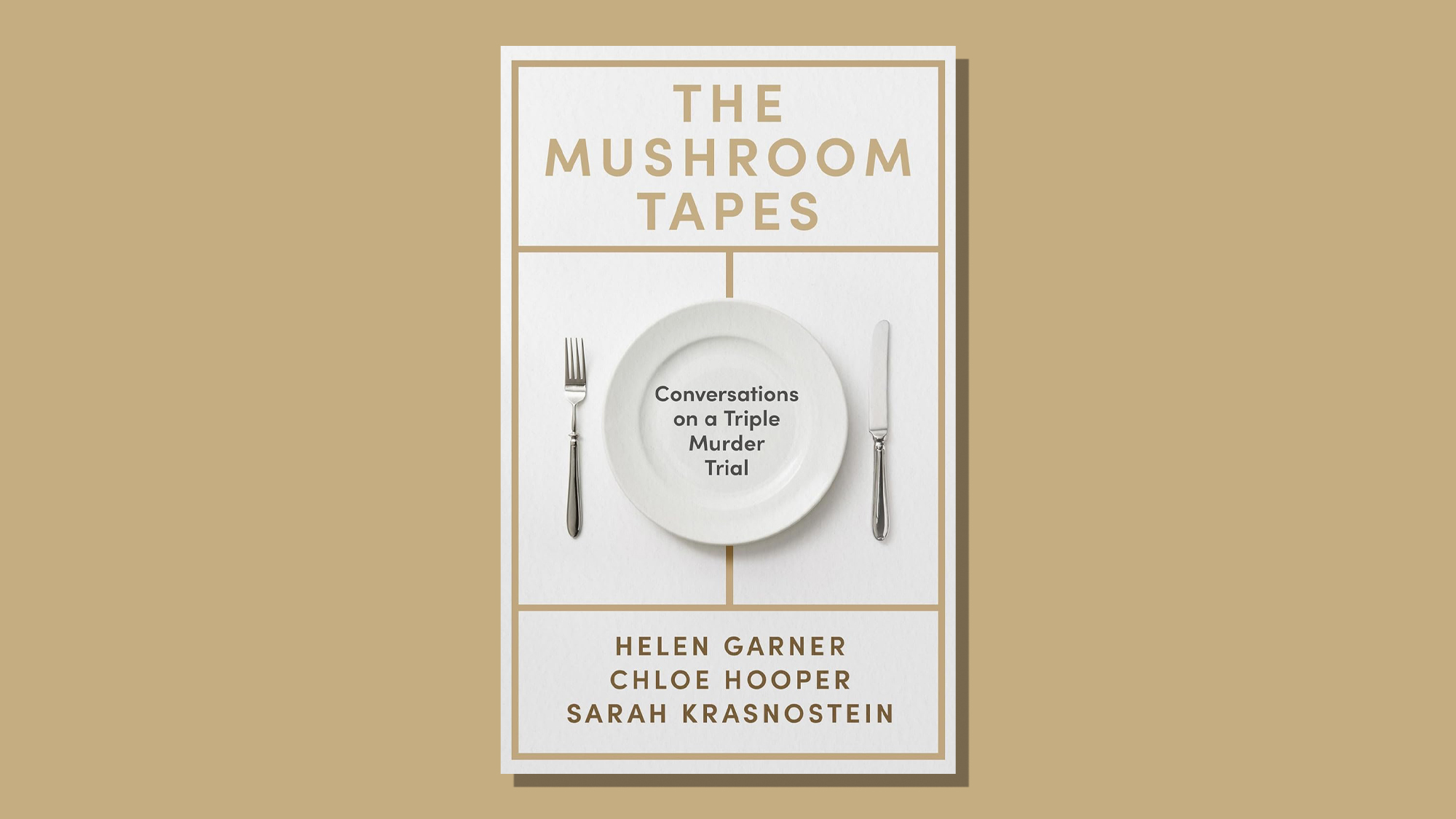How to cook well on a staycation: the experts’ guide
Unlike the British weather, enjoying fantastic food on your staycation is something you can actually control

This summer, once again, staycations are “top of the holiday menu”, said Katy Salter in Delicious Magazine. And unless you’re staying in a hotel (or planning to eat every meal in a restaurant), most will involve a significant element of self-catering.
While it can be fun to prepare meals on holiday, it can also be quite a challenge. If you’re staying in a rental property, the “oven and kitchen gear won’t be what you’re used to at home”. If you’re camping, you’ll have to bring all your equipment with you.
So it’s worth putting time and effort into ensuring that your staycation features plenty of lovely food. After all, it’s something you can control – unlike the British weather.
The Week
Escape your echo chamber. Get the facts behind the news, plus analysis from multiple perspectives.

Sign up for The Week's Free Newsletters
From our morning news briefing to a weekly Good News Newsletter, get the best of The Week delivered directly to your inbox.
From our morning news briefing to a weekly Good News Newsletter, get the best of The Week delivered directly to your inbox.
Equipment checklist
First things first: bring the right utensils, continued Salter. Rental kitchens are often poorly kitted out, and there’s nothing worse than discovering at the last minute that you can’t purée your potatoes because there’s no masher.
Many hosts provide a list of gear (consult it carefully); if they haven’t done so, ask for one. While what you bring will largely depend upon these inventories, it’s generally wise to pack all or most of the following: tin foil and kitchen roll, extra tea towels, washing-up liquid, Tupperware or lunch boxes (for storing leftovers and picnics), a cool bag for beach days, water bottles for days out, and bamboo picnic plates (in case you need extra, and for days out).
Food-wise, garlic bulbs, stock cubes, tea bags, pots of salt and pepper, olive oil and a bag of pasta are always a good idea.
A free daily email with the biggest news stories of the day – and the best features from TheWeek.com
Cooking in the wild
If you’re camping, planning is even more important, said Anna Berrill in The Guardian. Not only is it essential to bring the right equipment with you, but you can make life so much easier by knowing some handy shortcuts to delicious meals.
“Be boy-scout about it,” advises barbecue expert and food writer Genevieve Taylor. “Couscous is amazingly quick, especially when you take it ready-seasoned.” She pops uncooked couscous in a ziplock bag with dried herbs, a crumbled stock cube and spices (chilli, cumin, coriander, etc.), and then turns it into a finished dish by pouring the mixture into a bowl or pan and covering it with boiling water.
Or, for a delicious cooked breakfast, Taylor advises tearing up some mushrooms and adding them to a “big, old pan over the fire” with garlic, butter, olive oil and parsley. Once they’re cooked, make a few holes in the mix, crack in some eggs, and continue cooking until they’re set.
Foreign inspiration
An alternative approach to staycation dining is to recreate what you’d be eating if you were abroad, said Tony Turnbull in The Times. “If I can’t get to the Med, I can at least try to bring a bit of it to my table.”
Wonderful tomatoes are a feature of any Mediterranean holidays: the trick to making watery British ones taste more continental “is to slice them into a colander, sprinkle with salt and leave them for 30 minutes or so before rinsing and draining”.
Grilled fish, cooked on the bone, is also likely to put you in a holiday mood. You can achieve this at home by stuffing a bream with herbs (especially fennel), and then grilling it over a barbecue in one of “those fish cages” (which make turning much easier). Then serve it with tomatoes, capers and chopped anchovies.
-
 ‘Mexico: A 500-Year History’ by Paul Gillingham and ‘When Caesar Was King: How Sid Caesar Reinvented American Comedy’ by David Margolick
‘Mexico: A 500-Year History’ by Paul Gillingham and ‘When Caesar Was King: How Sid Caesar Reinvented American Comedy’ by David Margolickfeature A chronicle of Mexico’s shifts in power and how Sid Caesar shaped the early days of television
-
 Homes by renowned architects
Homes by renowned architectsFeature Featuring a Leonard Willeke Tudor Revival in Detroit and modern John Storyk design in Woodstock
-
 Film reviews: ‘Hamnet,’ ‘Wake Up Dead Man’ and ‘Eternity’
Film reviews: ‘Hamnet,’ ‘Wake Up Dead Man’ and ‘Eternity’Feature Grief inspires Shakespeare’s greatest play, a flamboyant sleuth heads to church and a long-married couple faces a postmortem quandary
-
 We Did OK, Kid: Anthony Hopkins’ candid memoir is a ‘page-turner’
We Did OK, Kid: Anthony Hopkins’ candid memoir is a ‘page-turner’The Week Recommends The 87-year-old recounts his journey from ‘hopeless’ student to Oscar-winning actor
-
 The Mushroom Tapes: a compelling deep dive into the trial that gripped Australia
The Mushroom Tapes: a compelling deep dive into the trial that gripped AustraliaThe Week Recommends Acclaimed authors team up for a ‘sensitive and insightful’ examination of what led a seemingly ordinary woman to poison four people
-
 ‘Chess’
‘Chess’feature Imperial Theatre, New York City
-
 ‘Notes on Being a Man’ by Scott Galloway and ‘Bread of Angels: A Memoir’ by Patti Smith
‘Notes on Being a Man’ by Scott Galloway and ‘Bread of Angels: A Memoir’ by Patti Smithfeature A self-help guide for lonely young men and a new memoir from the godmother of punk
-
 6 homes built in the 1700s
6 homes built in the 1700sFeature Featuring a restored Federal-style estate in Virginia and quaint farm in Connecticut

